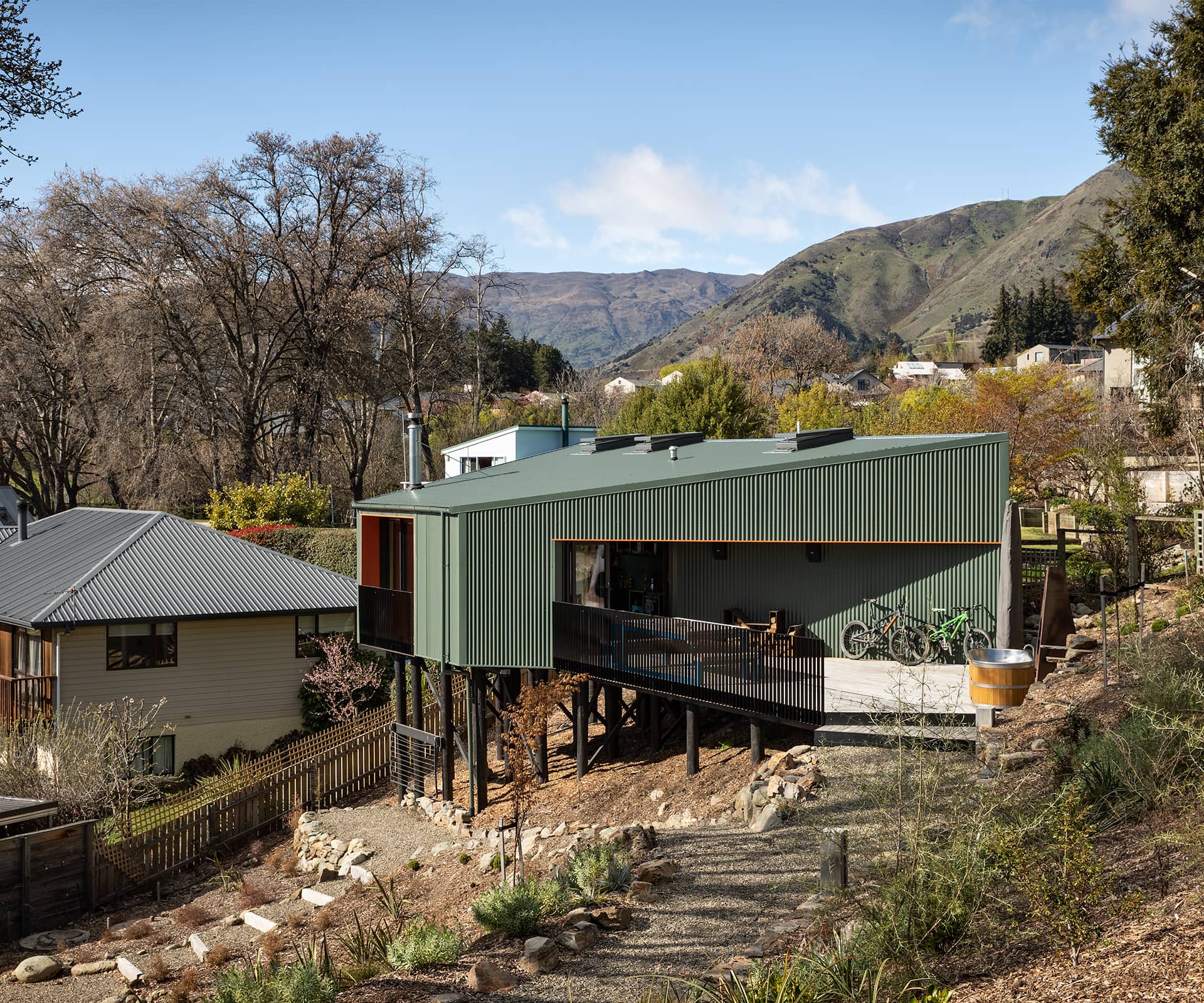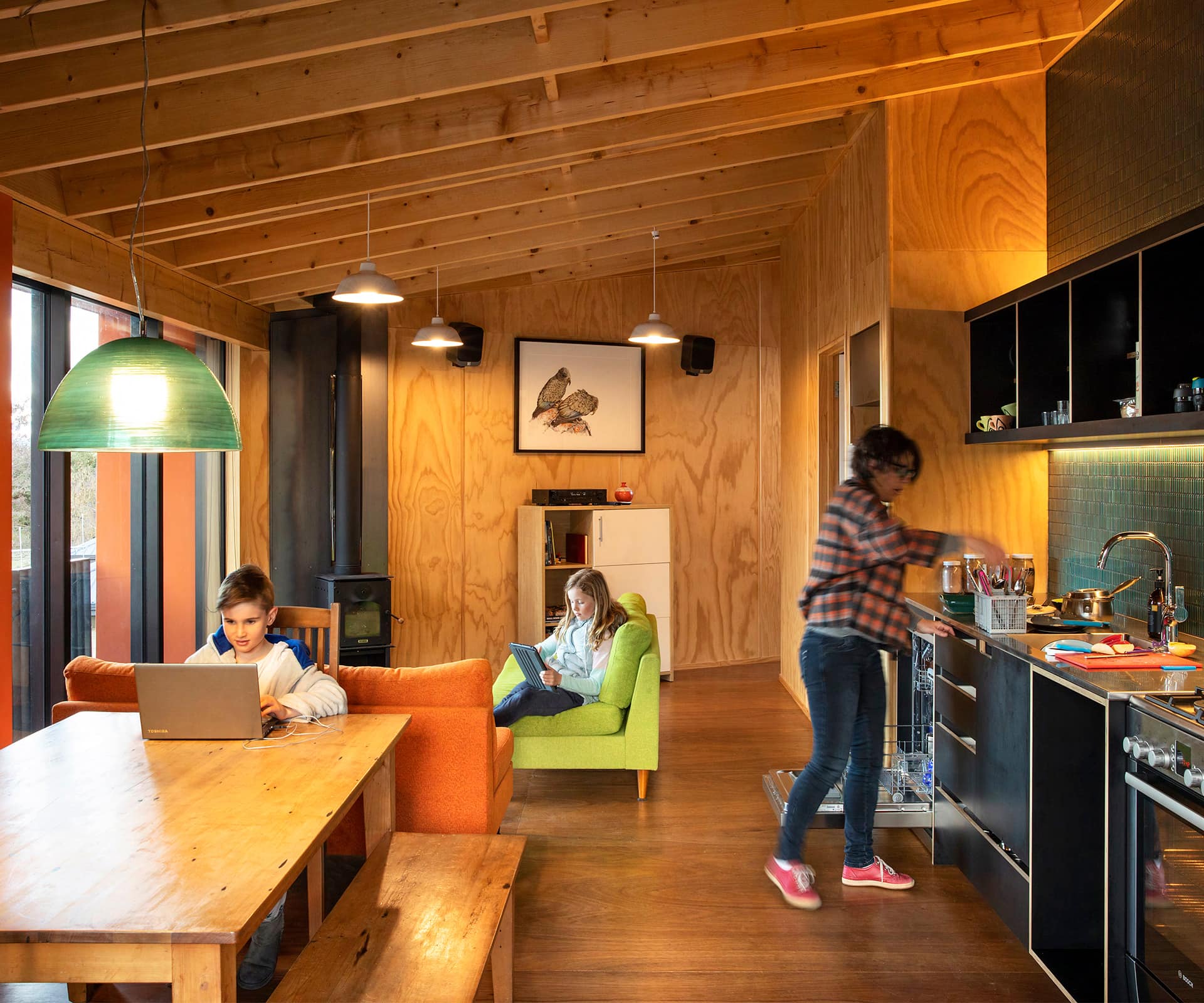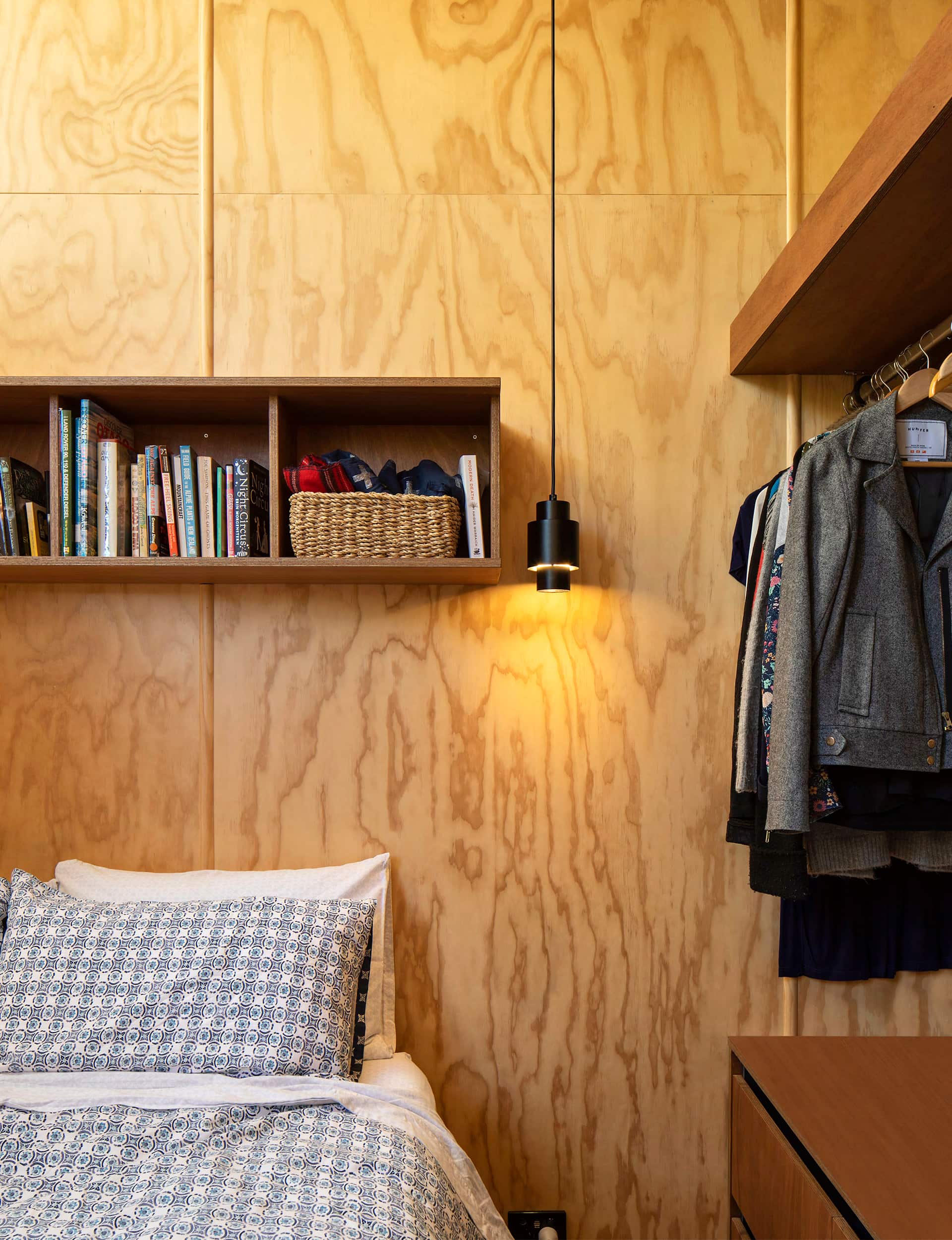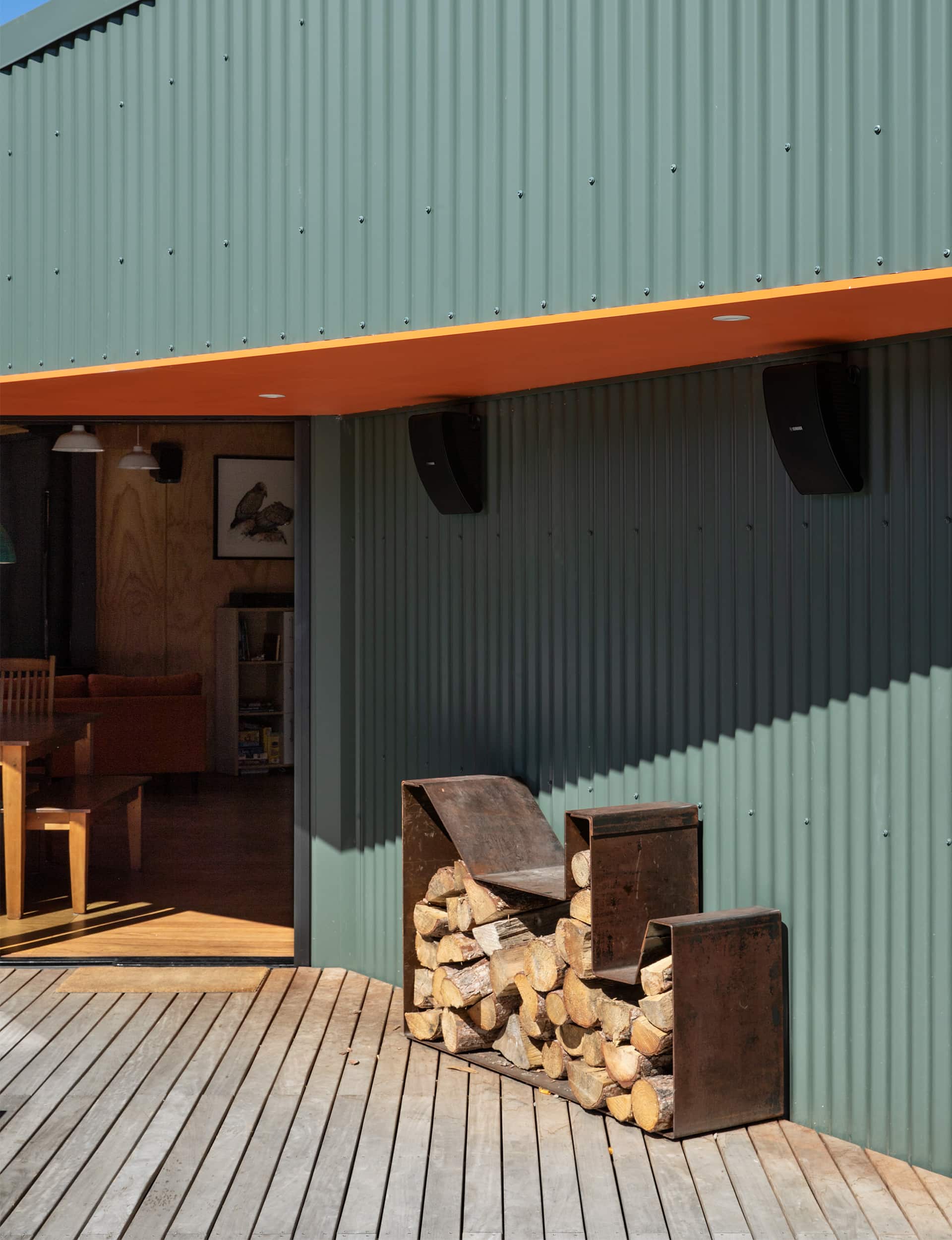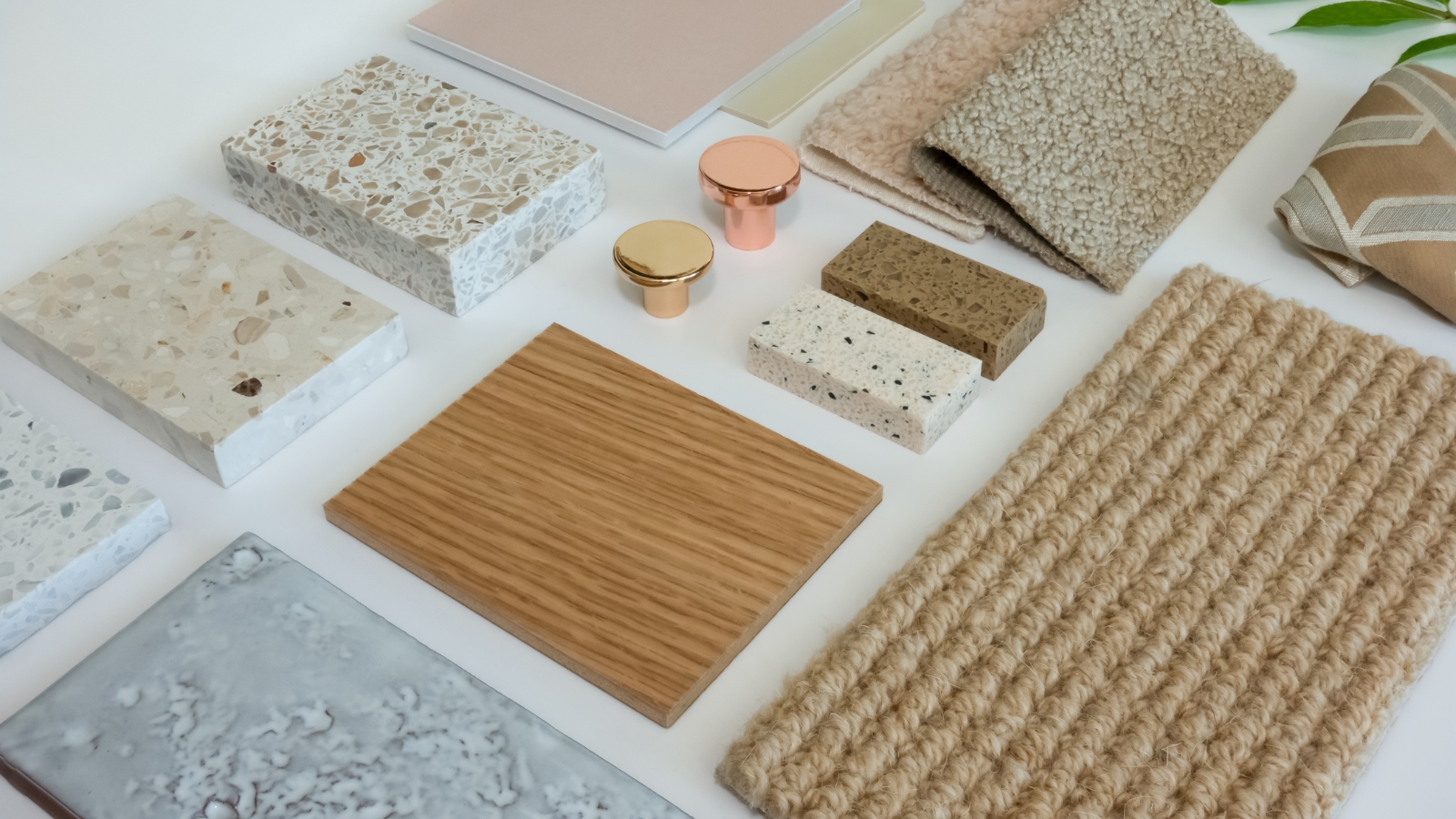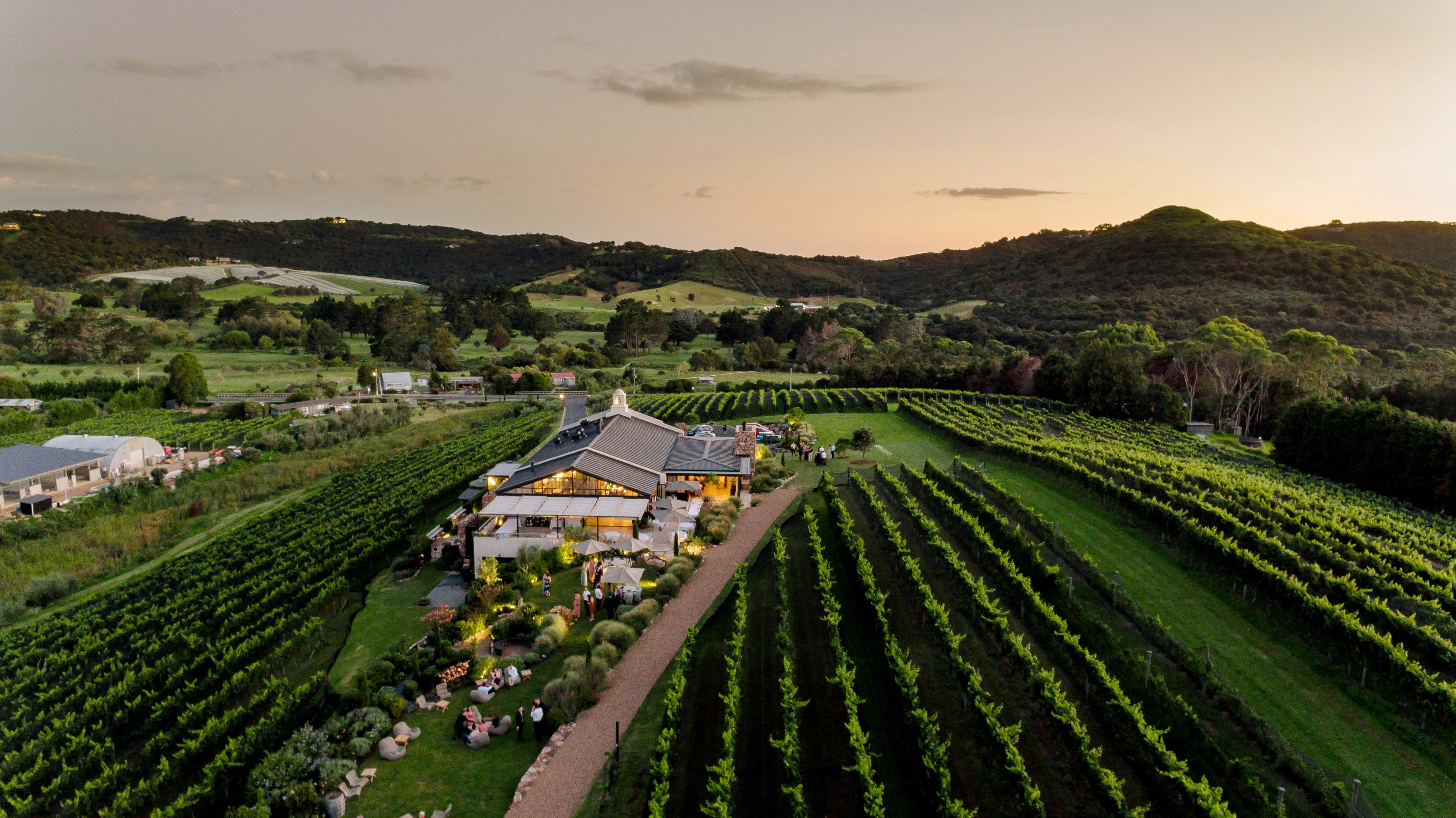Feature article
Why this Wānaka holiday home took its inspiration from a DoC hut
With a young family, the brief for this Wānaka holiday home was simple: something that resembles a DoC hut.

Wānaka holds a lot of significance for owners Kathryn and Matt. They lived there for a few years after university; Matt worked for DoC there in the mid-90s and the pair married under a tree in Wānaka Station Park in 1997. Now based in Wellington, the couple wanted a Wānaka base – something reminiscent of a DoC hut – for the outdoor adventures they love and wanted to introduce to their young children.
To get that ball rolling, Kath and Matt bought a Rippon Lea site unseen in 2015. It turned out to be a tricky one, which Rafe Maclean has manipulated to fit a wedge-shaped hut on a triangular piece of land at the bottom of the site, squeezed between easements that run across the section and serve five surrounding properties. (The deck, which crosses one of the main easements, can be dismantled should access ever be required.)
The hut, just a short walk from the couple’s wedding venue, is a striking design in a suburban context. Its placement has recovered an awkward piece of land and future-proofed the site, giving Kath and Matt the option to build a second dwelling when the “kids kick us out”, says Kath. With indoor and outdoor living areas on stilts, and the entry path traversing a steep slope, the hut effectively levels this part of the site.
From the top of the land, a gravel path leads to the deck and sliding-glass entrance door, which steps you directly into the living area. The DoC hut references are apparent inside and out – from the green corrugated cladding, to the open, relaxed feel that’s immediate on entry.
With the family all pitching in on what they wanted from the design, Maclean has accommodated with a response that neatly gives them everything they asked for. Kath wanted connectivity, flow, aspect and radiance; Matt, who is around 1.9 metres tall and not partial to low doors or ceilings, wanted wood, warmth, flow to outdoors, eaves and longevity; the kids wanted a bunkroom with spare beds for friends to stay, a fire, and an attic to trick the baddies. It’s all there in a tidy, and very interesting 65 square metres.
There’s plenty of visual interest in exposed beams, joins and timber detailing and the efficient design makes the large footprint of their Island Bay home feel almost unnecessary, says Kath. “Because the hut is well designed and everything flows nicely, size doesn’t seem to matter. We’ve been surprised by how it can swallow eight adults for a ski holiday and not feel cramped.”
With the living area and deck, there’s ample room for entertaining. “We’ve had many après-ski evenings with friends, the outside fire roaring as the sun sets, and the kids relaxing in the bath – you can easily get four kids in there,” says Kath.
The well-insulated house has low thermal breaching and rarely needs heating – when it does, it stays warm for days. In summer, there’s easy access to the outdoors, good cross ventilation and skylights.
Testing out the long-stay viability of Te Kea, the family spent the 2018 winter in residence, and the kids went to a local school. As you would when you go hiking, they took only what they needed and no more, enjoying the uncomplicated nature of paring back. And there was the occasional morning bath on the deck to watch the sunrise and tune in to the dawn chorus. There is a lot of DoC in that hut.
Images: Simon Devitt
This article was originally published on homemagazine.nz
Author
Other articles you might like
